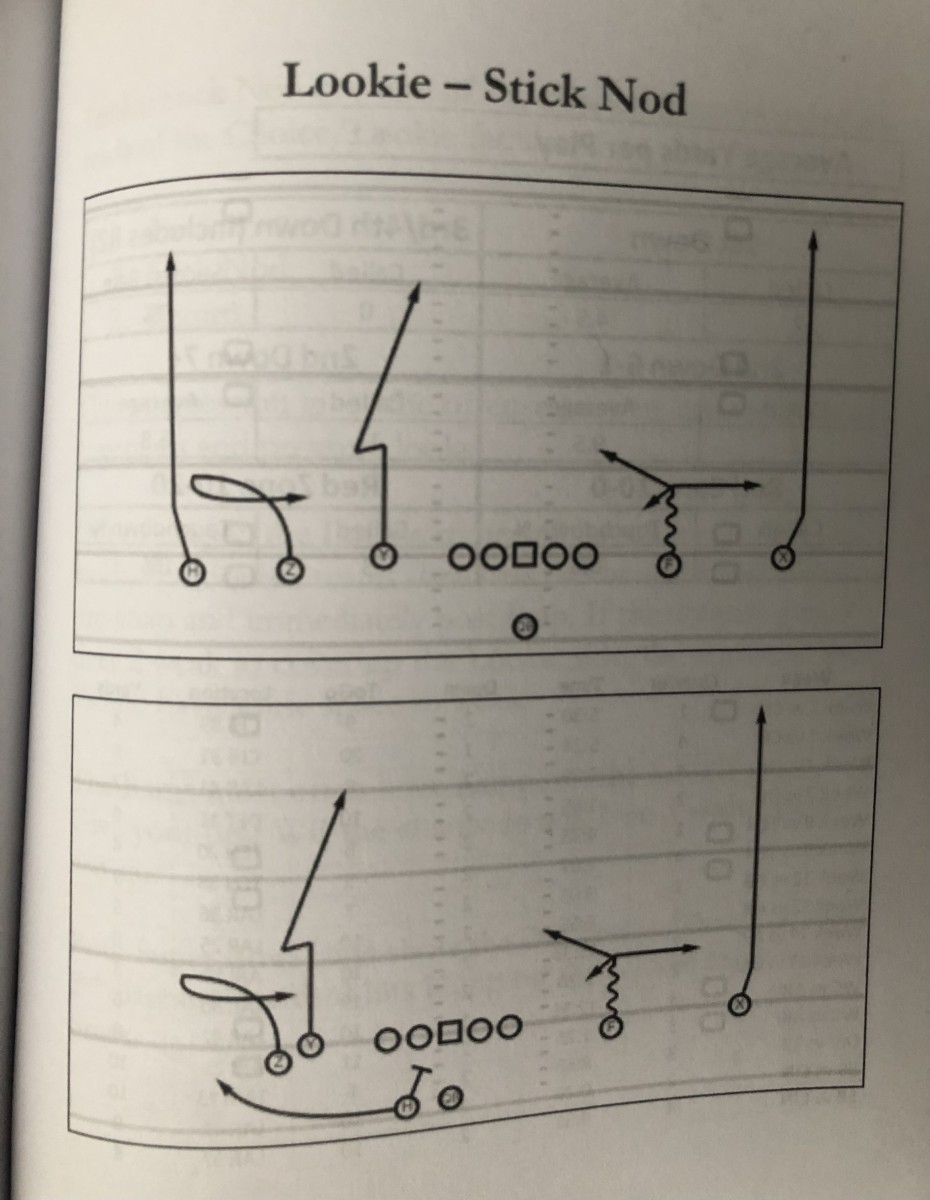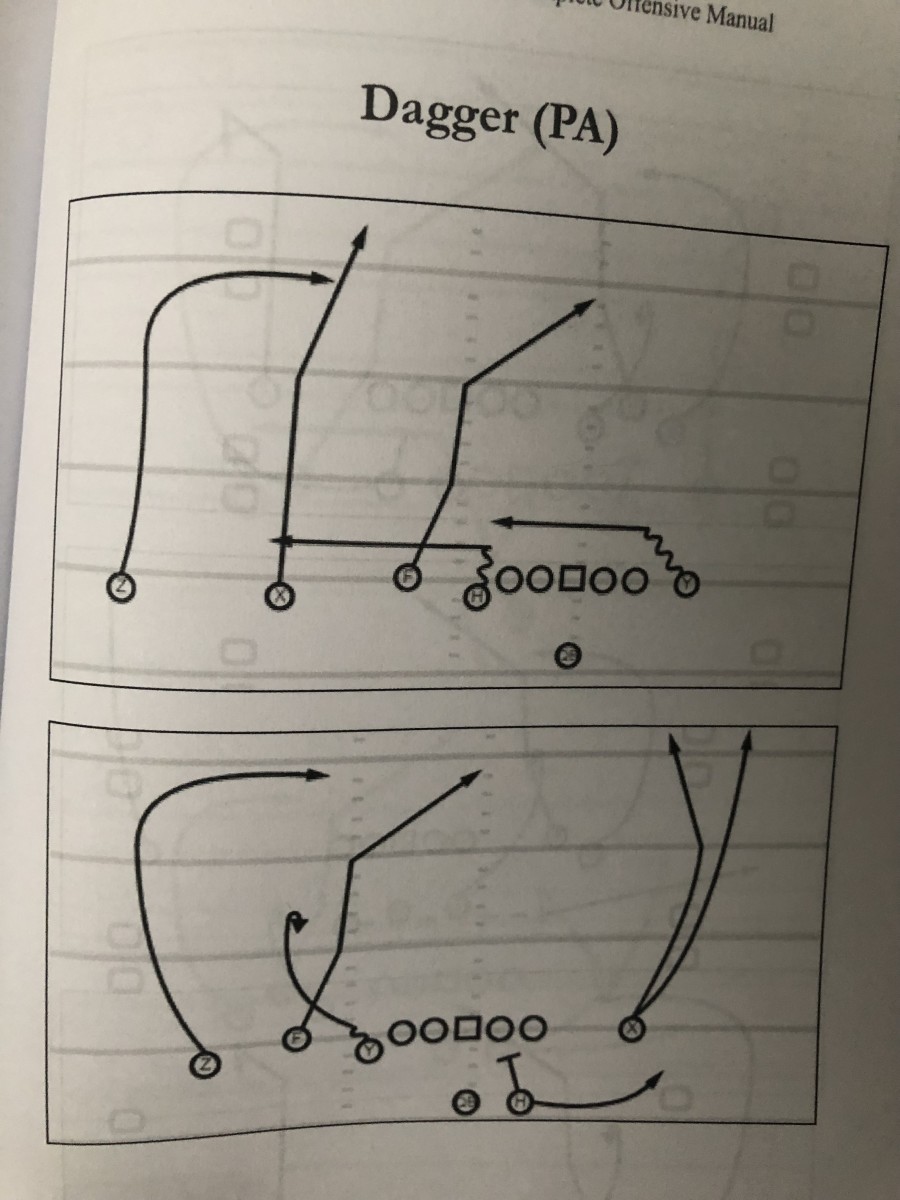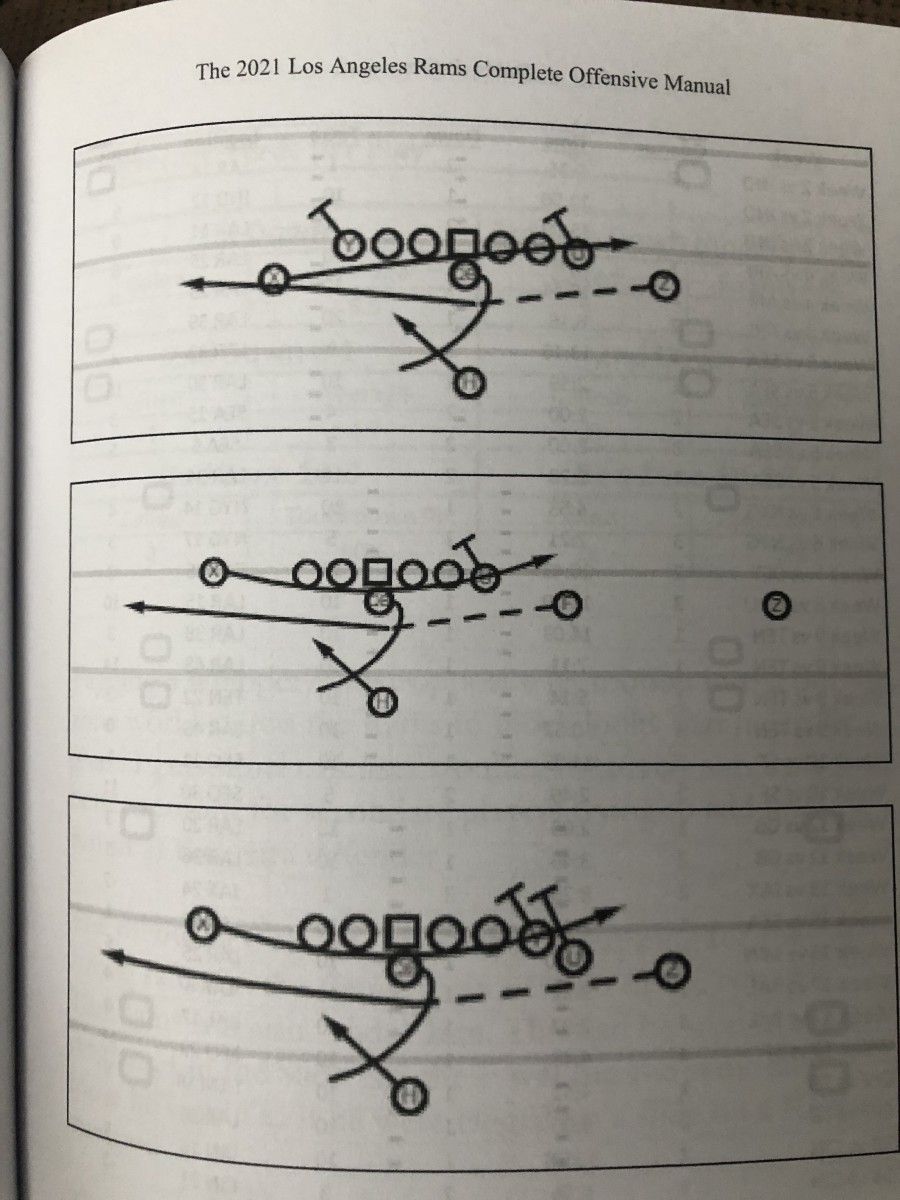Three Rams concepts that can take the Vikings' offense to the next level

EAGAN — Justin Jefferson and Adam Thielen made no bones about it: Life was not always easy learning an entirely new offense this summer.
“It was a tough, tough journey from spring to now trying to learn a whole new playbook from the first two years of me being here,” Jefferson said on Thursday.
Jefferson said players needed to communicate much more in camp in order to make sure they’re on the same page heading into Week 1 against the Green Bay Packers. But now that they are getting more comfortable…
“We love it,” Jefferson said. “We love the offense. We love what we have going on here. We’re excited to showcase it.”
The Vikings have had essentially the same offense for the last three years. When Kevin Stefanski was named offensive coordinator in 2019, the team hired Gary Kubiak to guide the implementation of the Shanahan-Kubiak style scheme. The following year Kubiak took over as OC when Stefanski got hired by the Cleveland Browns and then Gary’s son Klint sat in the offensive coordinator’s seat in 2021. The three play callers made tweaks, for better or worse, but did not overhaul the playbook.
With Kevin O’Connell taking over at the helm, the passing game operates with more on the receivers’ plate.
“One word and everyone’s got to know what to do,” Thielen explained. “So there’s just a lot of learning and a lot of memorizing. Sometimes playbooks are a lot of words but everybody knows what to do because they’re tagged or everyone is told what to do through a play call. This offense is a lot more memorization, and it’s a big playbook, which is great because we can do a lot of different things.”
What kinds of different things?
Well, there are probably dozens of examples but let’s try to distill it to a few concepts. High school coach and author of the book The 2021 Los Angeles Rams Complete Offensive Manual Bobby Peters points to two passing concepts and one portion of the running game that could separate the Vikings’ 2022 offense from the past with great potential upside.
We start with a concept called “Lookie - Stick Nod.”
Here’s how it looks on paper:

This is a play so useful that when 49ers coach Kyle Shanahan was asked in a press conference by ex-NFL receiver Brandon Marshall about what his go-to play call would be, he referred to “lookie.”
“You’re trying to get your best receiver a three-way option to win one-on-one,” Peters explains. “That’s the first part of the progression. Lookie is relatively quick hitting, it’s not like the quarterback has to hold onto the ball. It’s in and out, even if you’re getting pressure the ‘lookie’ route still works.”
Lined up in the slot the “lookie” receiver usually slow plays the release in order to get a read the defense and then finds the void left by the coverage and breaks toward it. If it’s man coverage, he’ll create separation, if it’s zone he finds daylight. You won’t be surprised to find out that Rams star receiver Cooper Kupp was the main target on this route repeatedly.
It reads like some backyard football stuff — just go get open — but the quarterback and receiver need to be on the same page with the read and timing of the route. When they are locked in though, it gives the Vikings an opportunity to get either Jefferson or Thielen a touch and having two receivers who can win one-on-one allows the Vikings to avoid giving away tendencies.
“It’s how you run those plays, how you make them look alike, how you do them from different formations, different tempos, things like that, so it took awhile to really understand because there’s such a process from learning the playbook first and then kind of implementing the tempo,” Thielen said.
While the “lookie” part of the play is particularly effective, sometimes the defense squeezes the slot receiver, making it difficult for him to find space to run toward. However, that means there’s something else available. On the other side of the play the stick-nod route has the receiver breaking outside and then turning up field, which oftentimes comes against a linebacker in zone coverage. If the linebacker effectively carries the route, the QB can check it down to the running back in a 2x2 formation.
“It’s a simple 1-2-3 read, so I think that’s why coaches and QBs like it,” Peters said.
As Thielen said, there’s nothing new under the sun an lots of teams use this combination but the Vikings’ offense may lean on it more and dress it up in many different ways to get short completions to their stars. The Rams found Kupp for two completions in the Super Bowl, including an 8-yard completion late in the fourth quarter, with this concept.
Here’s a good example (via Cheesehead TV) of the Packers running Lookie - Stick Nod.
OK onto our next concept: Dagger.
The Rams ran Dagger like it was their favorite pastime. Peters’ charting found that approximately 5% of all Rams plays included this concept in 2021 and Dagger averaged nearly eight yards per play.
Here’s how it looks on paper:

The general idea is to create a three-level stretch where the slot receiver clears out the deep safety by essentially running right at him, then the outside receiver breaks back into the middle of the field open. Sometimes teams will put their best receiver on the opposite side and look for a one-on-one matchup where they can take a deep shot.
“If it’s single coverage let’s go one-on-one and throw to one of our best receivers,” Peters said. “If they get safety help over the top and it’s a 2-on-1, now we’re going to have numbers to the dagger side. There’s no extra defender that can peel into that window.”
Peters says the Rams have about 10 different ways they can run Dagger, whether it’s different routes on the back side of the play or going under center and using play-action, there’s tons of options.
“The nice thing about it is there’s a lot of flexibility,” Peters said.
This concept works into a main offseason point of discussion: Aggressiveness. O’Connell has said he wants to turn Kirk Cousins loose and this play gives the QB two options to push the ball downfield.
“He’s just going to play his game, and I think the combination of his understanding of this game plan and our ability to kind of get the calls in at the right time in the chess match we’re playing…which is protecting the football, and when we do get that opportunity to take the shot, like you said, let it rip,” offensive coordinator Wes Phillips said.
Stafford had 18 plays of 15-plus yards using Dagger, including one in the Super Bowl.
KOC and the Vikings running a staple Rams Dagger concept on an early 3rd down last night pic.twitter.com/Ya4M7IKyUg
— Bobby Peters (@b_peters12) August 21, 2022
Our third concept is a run play in which the Rams faked “jet” or “fly” motion behind the quarterback on a handoff. The Rams ran outside zone plays similar to the 2019-2021 Vikings but added motions and a “wrap,” which is a receiver/tight end coming underneath the formation post-snap.
“As opposed lining up static and just running a run play or a pass play, now I’m forcing them to change on the move right before the snap,” Phillips said. “I think that’s something that can create just a little bit of consternation.”

Peters explains that the offense can tack on the motion depending on what they see from the defense before the snap.
“They want to create movement with the second-level defenders to try to slow down the run fits from that standpoint,” Peters said. “The thing that I’ve been noticing is that they will alert a fake jet motion depending on safety rotation.”
What’s unique is running to the same side as the motion. On paper that looks like they are using the receiver as a lead blocker, which seems counter intuitive. But the two receivers basically get to swap assignments and find their blocking targets
“What they are really trying to do is prevent the X receiver from having to dig out a safety tucked in playing the B gap in the box,” Peters said. “That’s something based on film study and talking to some guys in the league, this is starting to add up now.”
Translated: If there’s an extra safety coming up to stop the run, the jet motion is going to get him moving rather than asking the receiver to block him before he stuffs the gap. Football.
“It also keeps the offensive line working to the correct defenders instead of working to a safety and then having Thielen or Jefferson trying to block a linebacker,” Peters said.
Not that the previous regimes never dressed up outside zone runs but the Rams ran pre-snap motion as much as any team in the league.
These concepts are all representative of what the Vikings were looking for when they hired O’Connell away from the Rams: Designed to present opportunities to get the ball to Thielen-Jefferson easily, aggressive down the field, multiple within the same concept and modern in the running game.
Will it work? Well…
“I’m excited about that to see how it kind of looks in a real situation,” Thielen said.
